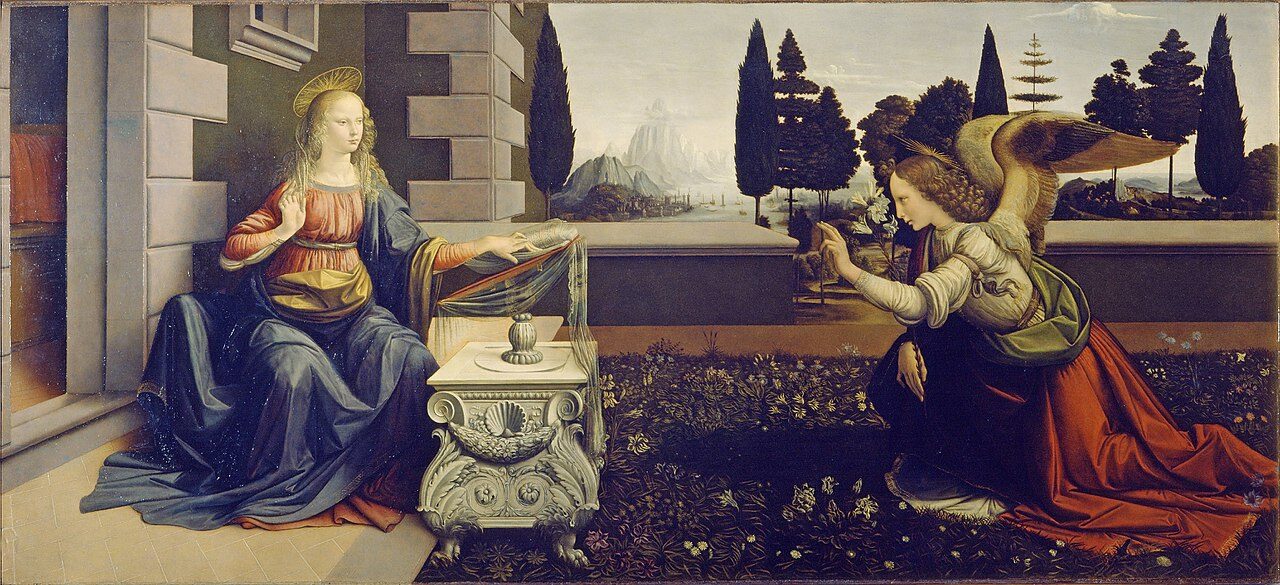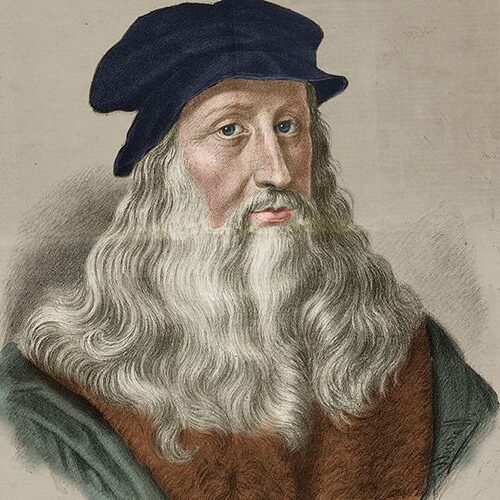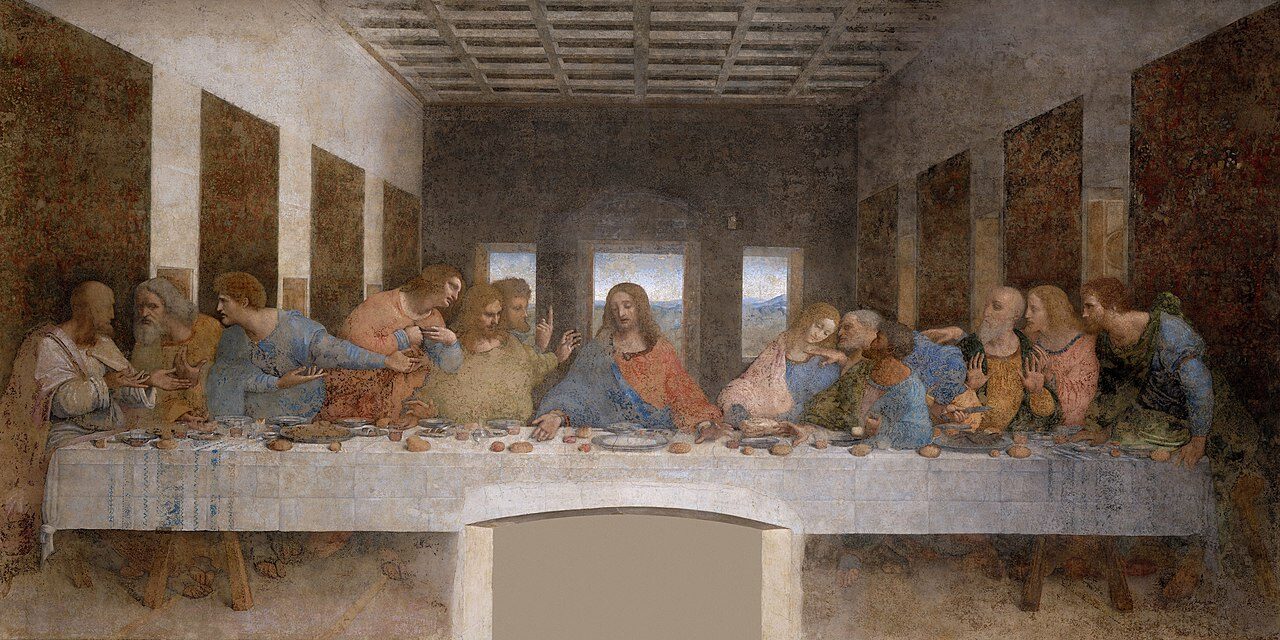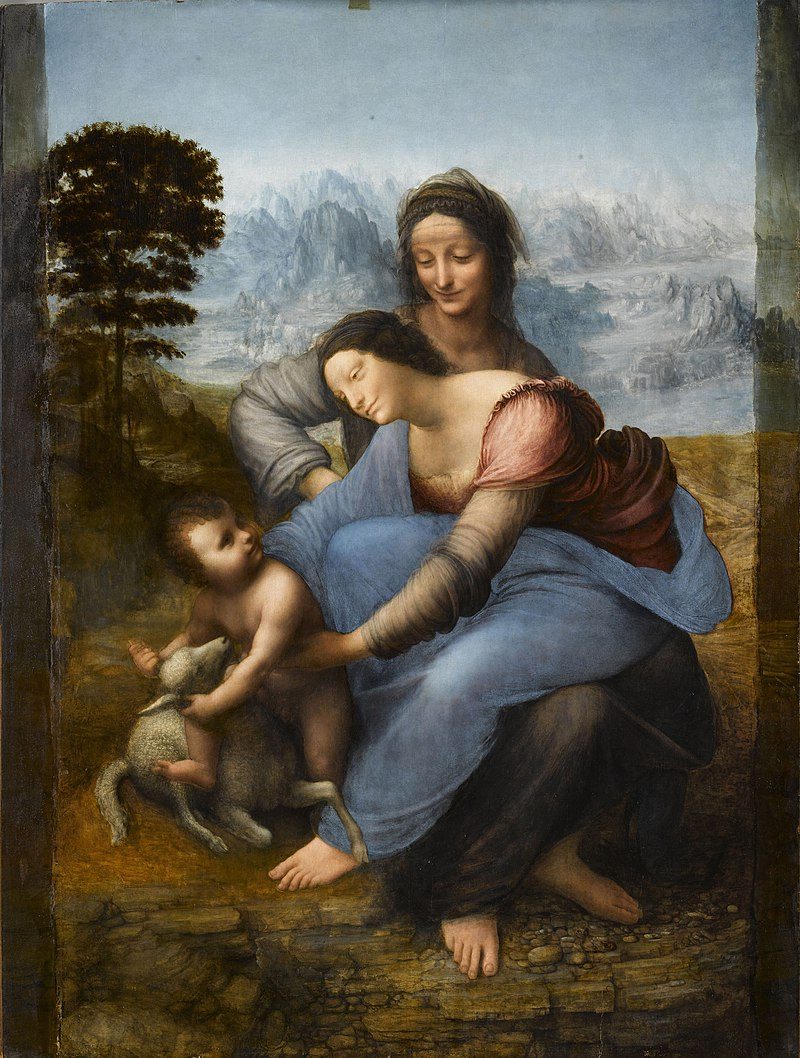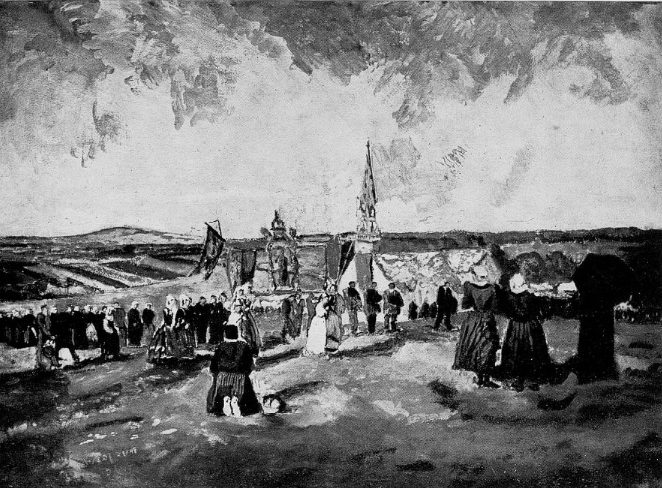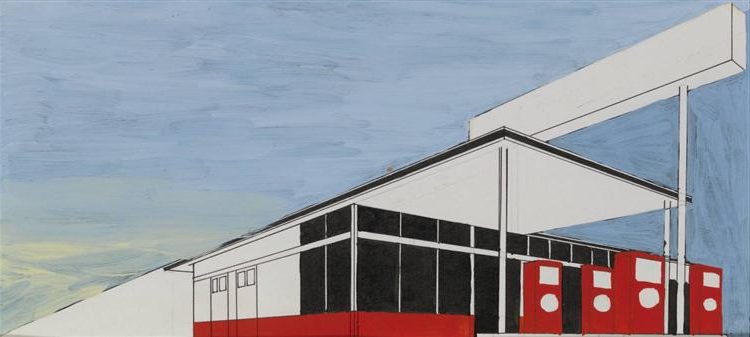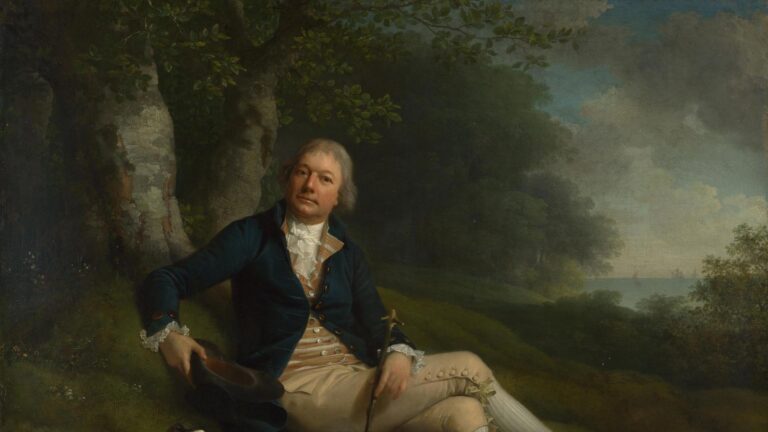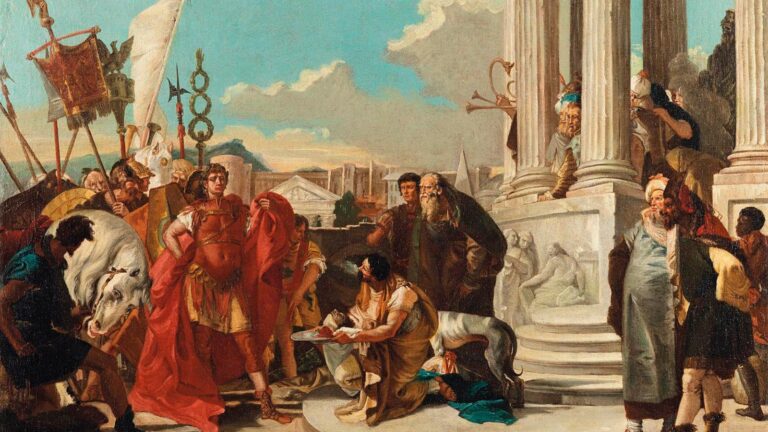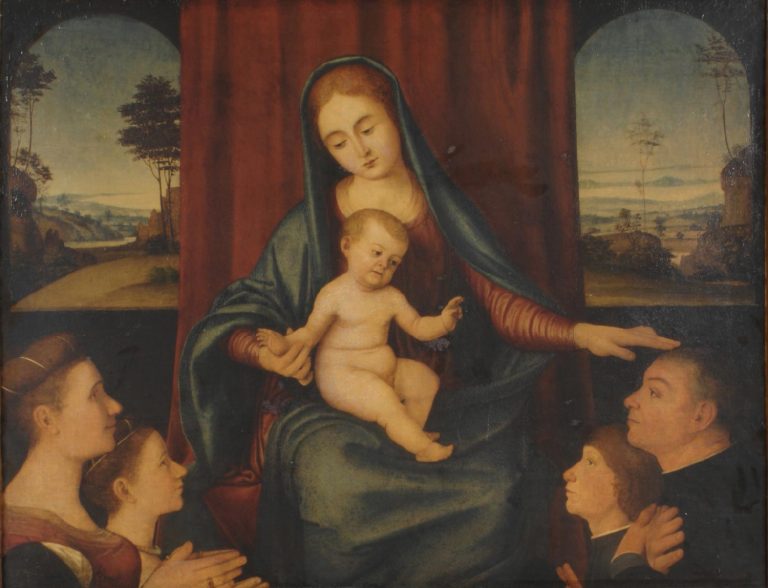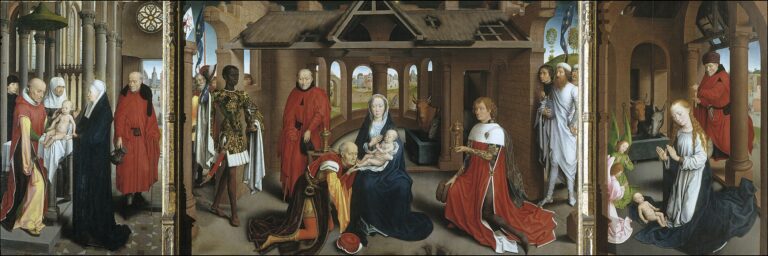Leonardo da Vinci Painter: The Revolutionary Genius Behind the Renaissance Masterpieces
Born: 15 April 1452, Vinci, Republic of Florence
Death: 2 May 1519, Amboise, Kingdom of France
Art Movement: High Renaissance
Nationality: Italian
Teacher: Andrea del Verrocchio
Leonardo da Vinci Painter: The Revolutionary Genius Behind the Renaissance Masterpieces
Leonardo da Vinci: The Renaissance Master
Leonardo da Vinci stands as the epitome of Renaissance genius. He blended art and science in ways that transformed Western culture. His profound talents crossed multiple disciplines, making him the ultimate example of a “Renaissance man” whose contributions continue to fascinate and inspire.
Early Life and Apprenticeship
Born in 1452 in the small town of Vinci near Florence, Leonardo was the illegitimate son of a notary. His artistic journey began around age 14 when he became an apprentice in the workshop of Andrea del Verrocchio, a leading Florentine artist.

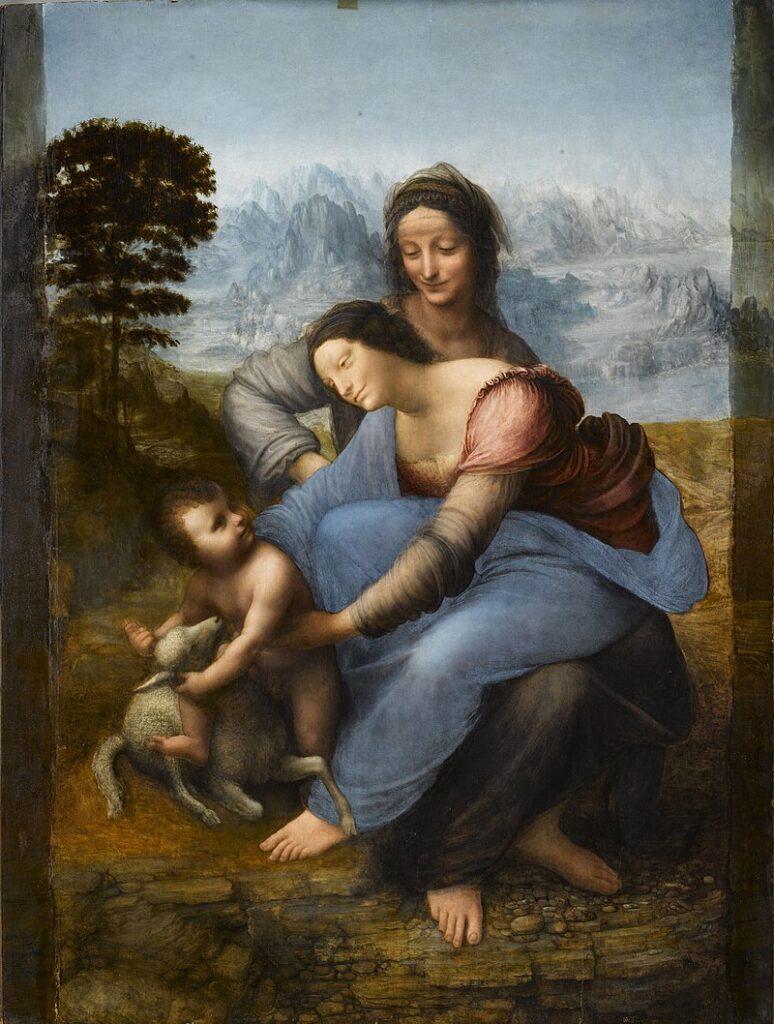
In Verrocchio’s studio, Leonardo learned multiple skills including painting, sculpture, and technical arts. His natural talent quickly became apparent. While working on Verrocchio’s “Baptism of Christ,” Leonardo painted an angel that allegedly made his master vow never to paint again.
By his early twenties, Leonardo had joined the painters’ guild in Florence. His early works showed remarkable attention to detail and innovative techniques with light and shadow that would later become his signature style.
Rise to Prominence in Milan
In 1482, Leonardo moved to Milan, seeking the patronage of Duke Ludovico Sforza (known as Ludovico il Moro). He presented himself not primarily as an artist but as a military engineer and architect.
For nearly two decades, Leonardo served the Duke, creating magnificent works including “The Last Supper” and the first version of “Virgin of the Rocks.” His responsibilities were diverse – designing weapons, planning buildings, and organizing elaborate court festivals.
During this productive period, Leonardo also filled his notebooks with observations on anatomy, flight, hydraulics, and countless other topics. These notebooks, written in his famous mirror-writing, reveal his astonishing intellectual curiosity.
The fall of Ludovico Sforza to French forces in 1499 forced Leonardo to leave Milan and seek new patrons.
Final Years and Lasting Legacy
After leaving Milan, Leonardo worked as a military architect for Cesare Borgia and later returned to Florence. His reputation had grown immensely, and he was now considered among the greatest living artists.

Battle of Anghiari (Lotta per lo Stendardo), c. 1503 – c. 1505
In Florence, Leonardo created cartoons for “The Battle of Anghiari” and began work on his most famous painting, the “Mona Lisa.” His later years were spent in Rome and finally France, where King Francis I provided him with a comfortable home at Clos Lucé.
Leonardo died in France in 1519, leaving behind fewer than 20 completed paintings but thousands of notebook pages. His work helped define the High Renaissance style with its emphasis on perspective, anatomical accuracy, and sfumato technique.
His legacy transcends art – Leonardo’s scientific observations were centuries ahead of his time. Modern scholars identify him not just as a brilliant artist but as one of history’s greatest minds who embodied the Renaissance ideal of human potential.
Masterpieces of Leonardo da Vinci
Leonardo da Vinci created several iconic paintings that showcase his extraordinary skill and innovative approach to art. His masterpieces demonstrate his deep understanding of human anatomy, perspective, and his ability to capture emotion and movement.
The Last Supper: A Study of Group Dynamics
Painted between 1495-1498, “The Last Supper” adorns the wall of Santa Maria delle Grazie in Milan. This masterpiece depicts the reaction of Jesus’s disciples when he announces one of them will betray him.

The Last Supper (c. 1495–1498) by Leonardo da Vinci
Leonardo brilliantly captures the emotional responses of all twelve disciples through their facial expressions and body language. Unlike earlier versions of this biblical scene, Leonardo arranged the figures in small groups, creating dynamic interactions.
The painting showcases Leonardo’s mastery of perspective. He used mathematical precision to draw the viewer’s eye to Christ at the center of the composition.
Unfortunately, Leonardo experimented with a new painting technique that deteriorated quickly. Despite extensive restoration efforts, much of the original work has been lost.
Mona Lisa: The Enigmatic Portrait
The “Mona Lisa” (c. 1503-1519) is perhaps the most famous painting in the world. This small portrait of a woman with a mysterious smile has captivated viewers for centuries.

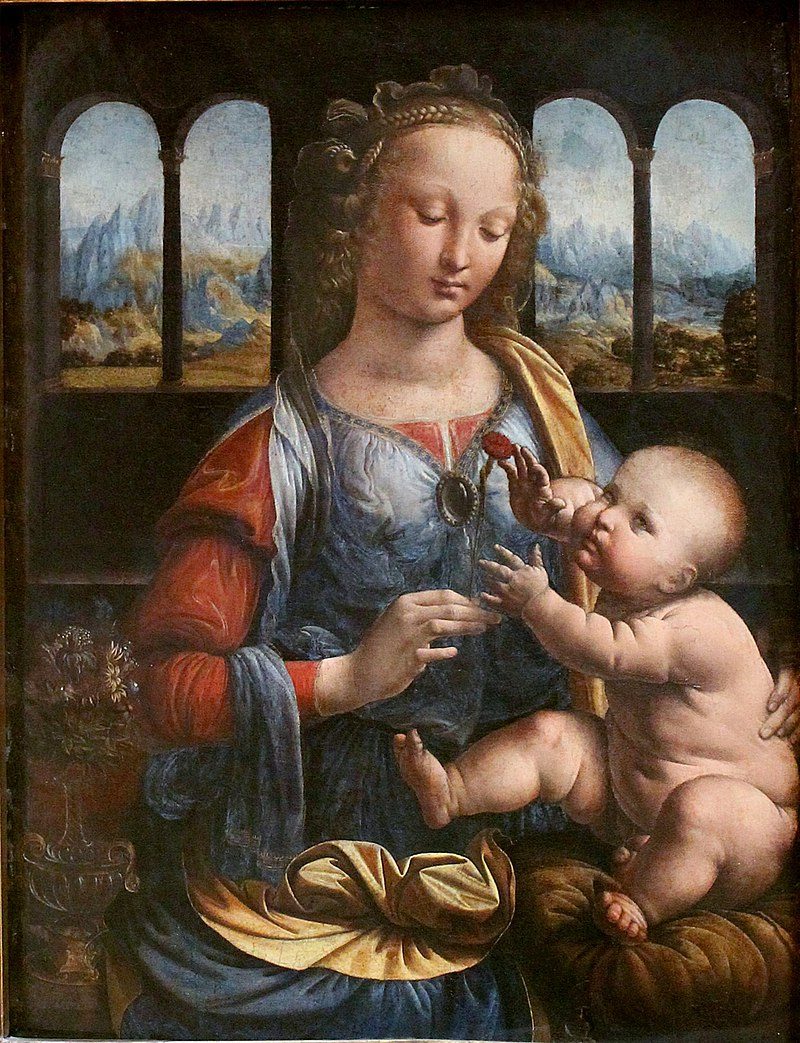
Leonardo employed his sfumato technique—subtle blending of light and shadow—to create soft, smoky outlines. This technique is particularly noticeable around the subject’s eyes and mouth, contributing to her enigmatic expression.
The identity of the sitter remains debated, though many scholars believe she was Lisa Gherardini, wife of Francesco del Giocondo.
The painting’s background features a winding landscape that demonstrates Leonardo’s keen observation of nature. His attention to precise details—from the folds in her clothing to the distant mountains—reflects his scientific approach to art.
Other Notable Works and Contributions
“Lady with an Ermine” (1489-1490) portrays Cecilia Gallerani, the mistress of Leonardo’s patron. The painting demonstrates his skill in portraiture and symbolic representation, with the ermine representing purity and moderation.

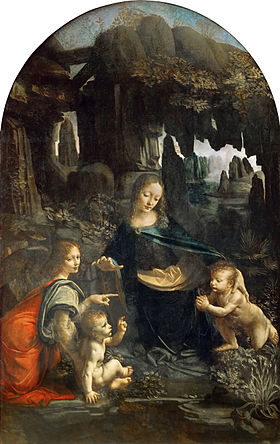
“Virgin of the Rocks” exists in two versions (Louvre and National Gallery). Both showcase Leonardo’s innovative use of light and shadow in a mysterious, rocky landscape surrounding the Holy Family.
“Vitruvian Man” isn’t a painting but a drawing that perfectly illustrates Leonardo’s interest in the ideal human proportions. This work connects art with science and mathematics.
“The Adoration of the Magi” remains unfinished but reveals Leonardo’s revolutionary approach to composition and movement.
Leonardo’s contributions to art extended beyond completed works. His notebooks contain numerous studies of anatomy, perspective, and natural phenomena that informed his paintings and influenced generations of artists.
Leonardo’s Impact on Arts and Sciences

Landscape of the Arno Valley (1473) by Leonardo da Vinci
Leonardo da Vinci revolutionized both art and science through his innovative approaches and relentless curiosity. His ability to merge careful observation with creative vision transformed how future generations approached knowledge and artistic expression.
Innovations in Painting Technique and Perspective
Leonardo mastered perspective in ways that changed Renaissance art forever. He developed sfumato, a technique that creates soft, hazy outlines by layering thin coats of paint. This gave his paintings like the Mona Lisa their dreamlike quality and sense of depth.
His understanding of light and shadow (chiaroscuro) brought unprecedented realism to his work. Leonardo’s drawings reveal his obsession with accuracy, often containing detailed studies of faces, muscles, and natural elements before creating final paintings.
The Battle of Anghiari, though incomplete, demonstrated his revolutionary approach to capturing movement and emotion in warfare scenes. His notebooks contain countless sketches analyzing how light falls on different surfaces – knowledge he applied directly to his paintings.
Interdisciplinary Contributions and Inventions
Leonardo seamlessly blended art with scientific inquiry, making him the quintessential Renaissance polymath. His detailed anatomical drawings combined artistic beauty with medical accuracy, advancing both fields simultaneously.
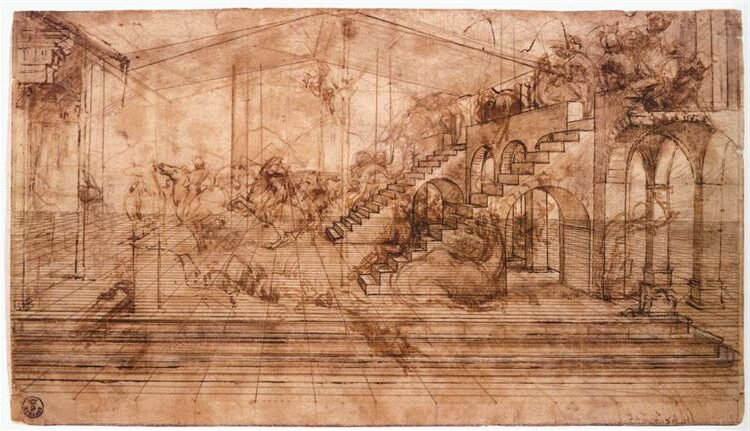
Perspectival Study of the Adoration of the Magi (c. 1481)
As an inventor, he designed flying machines, hydraulic systems, and military equipment centuries ahead of their time. His engineering sketches for bridges and buildings incorporated mathematical principles that influenced future architects.
Leonardo’s studies in botany informed his realistic plant depictions in paintings. His work in optics helped him understand how the human eye perceives color and depth.
His hydrodynamics research explored water movement patterns, while his mechanical studies led to designs for pulleys, gears, and other devices. These investigations weren’t separate from his art—they enriched it, making Leonardo’s approach truly revolutionary in connecting disciplines that others saw as unrelated.
Frequently Asked Questions
Leonardo da Vinci’s work as a painter sparked curiosity throughout history. His innovative techniques and masterful artistry continue to fascinate scholars and art enthusiasts alike.
What are the most renowned paintings created by Leonardo da Vinci?
The Mona Lisa stands as Leonardo’s most famous work, displayed in the Louvre Museum in Paris for over 200 years. Its mysterious smile and innovative techniques have captivated viewers for centuries.
The Last Supper, painted between 1495-1498, ranks among his greatest masterpieces. This large mural depicts the reaction of Jesus’s disciples when told one would betray him.
Other notable works include The Baptism of Christ, Lady with an Ermine, and the unfinished Adoration of the Magi. Leonardo’s complete painting catalog remains relatively small, with fewer than 20 works definitively attributed to him.
How did Leonardo da Vinci’s painting style influence the Renaissance?
Leonardo pioneered sfumato, a technique creating soft transitions between colors and tones. This innovation gave his figures a lifelike quality unseen in earlier art.
His mastery of perspective and human anatomy revolutionized how artists approached realism. Leonardo’s scientific approach to art influenced generations of painters during the High Renaissance.
His compositions balanced mathematical precision with emotional depth. This harmony between science and art exemplifies Renaissance ideals and transformed painting practices throughout Europe.
Who were Leonardo da Vinci’s apprentices and how did they carry on his legacy?
Leonardo maintained a workshop with several apprentices and assistants who learned his techniques. Francesco Melzi, his favorite student, inherited many of Leonardo’s notes and drawings.
Salai (Gian Giacomo Caprotti) joined Leonardo’s household as a young boy and remained with him for many years. Though less talented than other students, his closeness to Leonardo gave him unique insights into the master’s methods.
Other notable students like Giovanni Antonio Boltraffio and Marco d’Oggiono continued painting in styles influenced by Leonardo. They helped spread his artistic innovations throughout Italy even after his death.
What techniques did Leonardo da Vinci develop or popularize in painting?
Leonardo perfected chiaroscuro, the use of strong contrasts between light and dark. This technique created three-dimensional effects and dramatic emotional impact in his work.
His experiments with oil paint led to innovations in layering transparent glazes. These thin layers created luminous effects and subtle color transitions unseen in earlier painting methods.
Leonardo also pioneered atmospheric perspective, where distant objects appear less distinct and bluer. This technique enhanced the sense of depth in landscapes and gave his paintings remarkable realism.
What is known about Leonardo da Vinci’s early training in the arts?
Leonardo began his artistic training as an apprentice in Andrea del Verrocchio’s workshop around age 14. This Florence-based studio exposed him to various artistic disciplines and techniques.
During this apprenticeship, Leonardo learned drawing, painting, sculpture, and metalworking. The Baptism of Christ, a collaborative work with Verrocchio, shows Leonardo’s early talent.
By age 20, Leonardo qualified as a master in the Guild of Saint Luke, the artists’ guild of Florence. His early training established technical skills while his curious mind pushed him beyond traditional approaches.
How has Leonardo da Vinci’s work shaped modern perceptions of Renaissance art?
Leonardo’s paintings have become iconic symbols of Renaissance achievement. The Mona Lisa particularly represents the era’s artistic excellence in popular imagination.
His integration of scientific observation with artistic expression exemplifies Renaissance humanism. Modern viewers appreciate how Leonardo’s work bridges art and science in ways that still feel revolutionary.
Leonardo’s limited but extraordinary body of work has achieved unparalleled fame. His paintings’ continuing influence has established them as benchmarks against which other Renaissance art is often measured.

